The Da Vinci Code: A Comprehensive Guide

Table of Contents
The Plot and Characters of The Da Vinci Code
The Da Vinci Code follows symbologist Robert Langdon and cryptologist Sophie Neveu as they unravel a centuries-old mystery surrounding the Holy Grail. The story begins with the murder of a Louvre Museum curator, Jacques Saunière, who leaves behind a series of cryptic clues. Langdon and Neveu, guided by these clues, find themselves pursued by both the police and a shadowy organization known as Opus Dei.
- Key Plot Points (Spoiler-Free): The novel centers on the search for a hidden truth about Jesus Christ and the lineage of Mary Magdalene, challenging conventional religious narratives. The search leads them through a labyrinthine trail of secret societies, ancient texts, and historical landmarks.
- Main Characters:
- Robert Langdon: Harvard symbologist, the protagonist who deciphers clues related to religious symbolism and art history.
- Sophie Neveu: Cryptologist and granddaughter of Jacques Saunière, who plays a pivotal role in the unfolding mystery.
- Leigh Teabing: A wealthy historian who assists Langdon and Neveu, offering insights into the Priory of Sion and the Holy Grail.
- Silas: A fiercely devout member of Opus Dei, a secretive Catholic organization, who acts as the antagonist.
- Central Mystery: The Holy Grail, reinterpreted in the novel not as a physical chalice but as a symbol representing Mary Magdalene and the bloodline of Jesus. This reinterpretation forms the crux of the book's controversial premise.
Historical and Artistic References in The Da Vinci Code
The Da Vinci Code expertly weaves together real historical figures and events with fiction, creating a compelling narrative. The novel's historical references add layers of depth and intrigue, drawing readers into its world.
- Real Historical Figures and Events: The Knights Templar, a medieval military order, play a significant role, along with Leonardo da Vinci, whose art and life are central to the story. The novel also references Mary Magdalene, portraying her not as a repentant sinner, but as Jesus' wife and the guardian of his bloodline.
- Art and Architecture: The Mona Lisa and the Louvre Museum serve as key settings, adding an air of mystery and intellectual excitement to the narrative. The book subtly connects various works of art to its central theme of the Holy Grail and its significance. The use of religious symbolism throughout the artwork adds another dimension to the mystery.
- Historical Theories and Interpretations: The Da Vinci Code explores alternative interpretations of religious texts and history, sparking debate and discussion among readers and scholars.
The Controversies and Criticisms of The Da Vinci Code
The publication of The Da Vinci Code was met with considerable controversy. Its portrayal of religious history and figures, particularly Mary Magdalene and Jesus, sparked heated debates and criticism.
- Historical Inaccuracies: Historians and theologians pointed out inaccuracies in the novel's depiction of historical events and figures, arguing that some claims were exaggerated or entirely fabricated.
- Religious Controversy: The book's alternative interpretation of biblical narratives and its implications for the Catholic Church caused offense among many religious groups. The portrayal of Opus Dei also generated significant criticism.
- Theological Debate: The novel's presentation of religious history challenged traditional theological interpretations, fueling a widespread debate about faith, history, and the nature of truth.
The Legacy and Impact of The Da Vinci Code
Despite the controversies, The Da Vinci Code remains a cultural phenomenon. Its enduring popularity and influence are undeniable.
- Enduring Popularity and Cultural Impact: The book became a global best-seller, translating into countless languages and inspiring countless discussions. It propelled Dan Brown to international fame.
- Impact on Tourism: The novel's depiction of various locations led to a surge in tourism to sites mentioned within its pages, boosting the economies of several regions.
- Movie Adaptation: The film adaptation further popularized the story, reaching an even wider audience, although it received mixed reviews.
Delving Deeper into The Da Vinci Code's Enduring Mystery
The Da Vinci Code is more than just a thrilling mystery; it's a work that has sparked conversations about history, religion, and art. Its complex plot, detailed historical references, and controversial interpretations continue to fascinate and challenge readers. The book's lasting impact on popular culture underscores its significance. Have you delved into the mysteries of The Da Vinci Code? Dive deeper now by reading Dan Brown’s thrilling masterpiece, and unlock the secrets for yourself!

Featured Posts
-
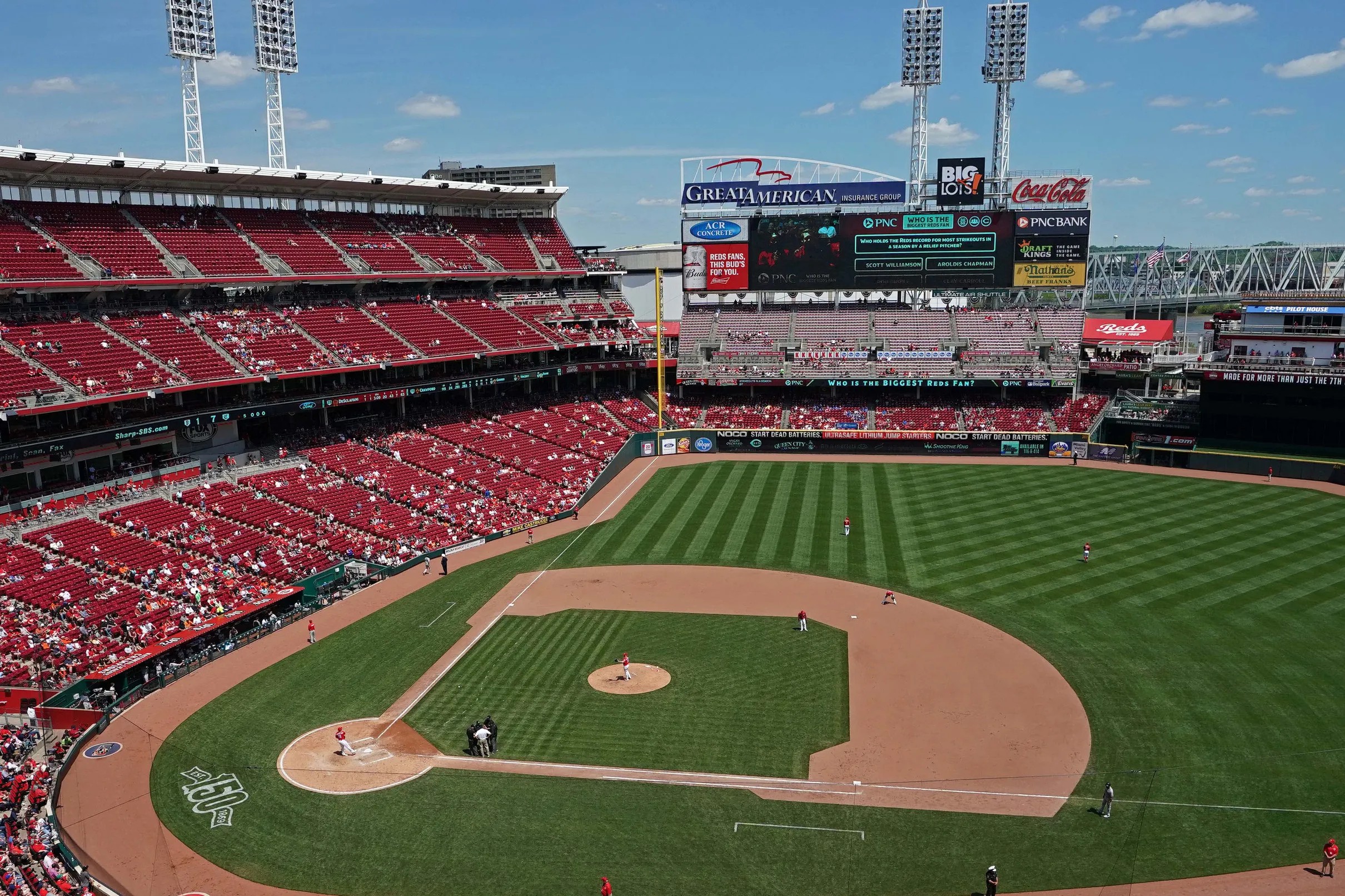 2025 Cubs Heroes And Goats Game 25 Recap
May 13, 2025
2025 Cubs Heroes And Goats Game 25 Recap
May 13, 2025 -
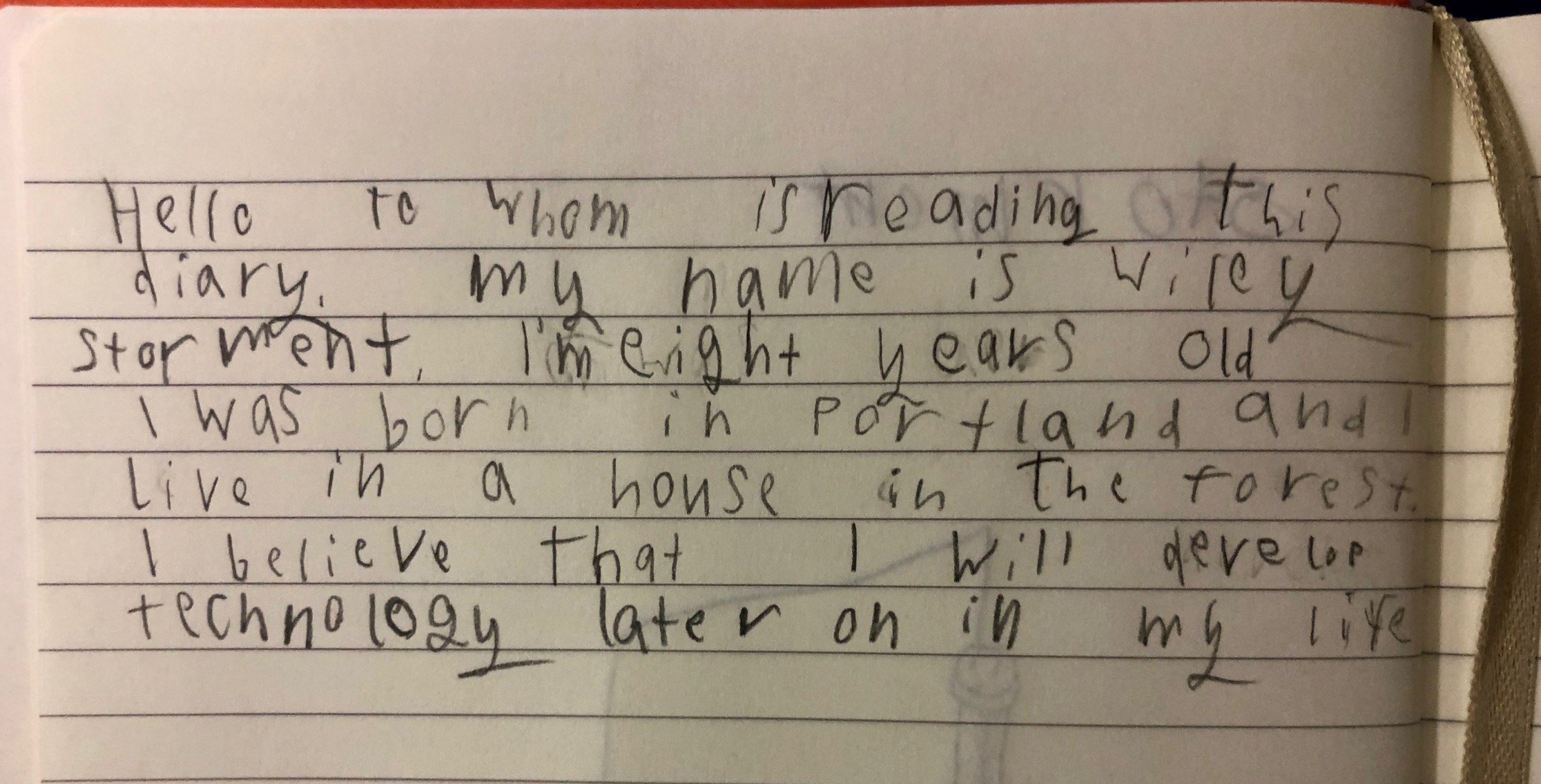 Hostage Fathers Powerful Message To His Son
May 13, 2025
Hostage Fathers Powerful Message To His Son
May 13, 2025 -
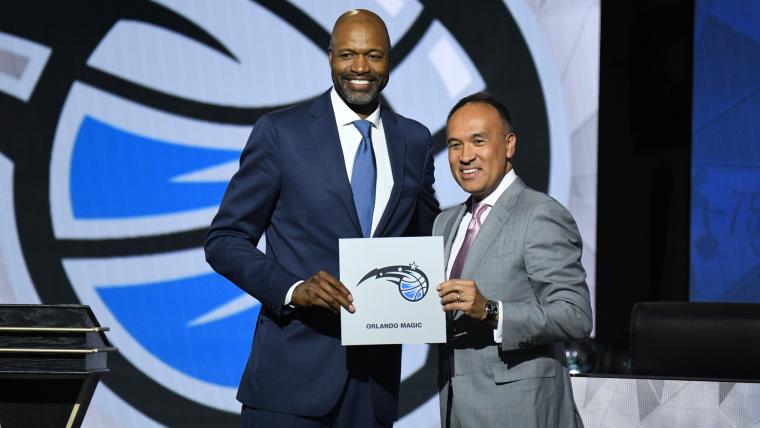 How Well Do You Know The Nba Draft Lottery Winners Since 2000
May 13, 2025
How Well Do You Know The Nba Draft Lottery Winners Since 2000
May 13, 2025 -
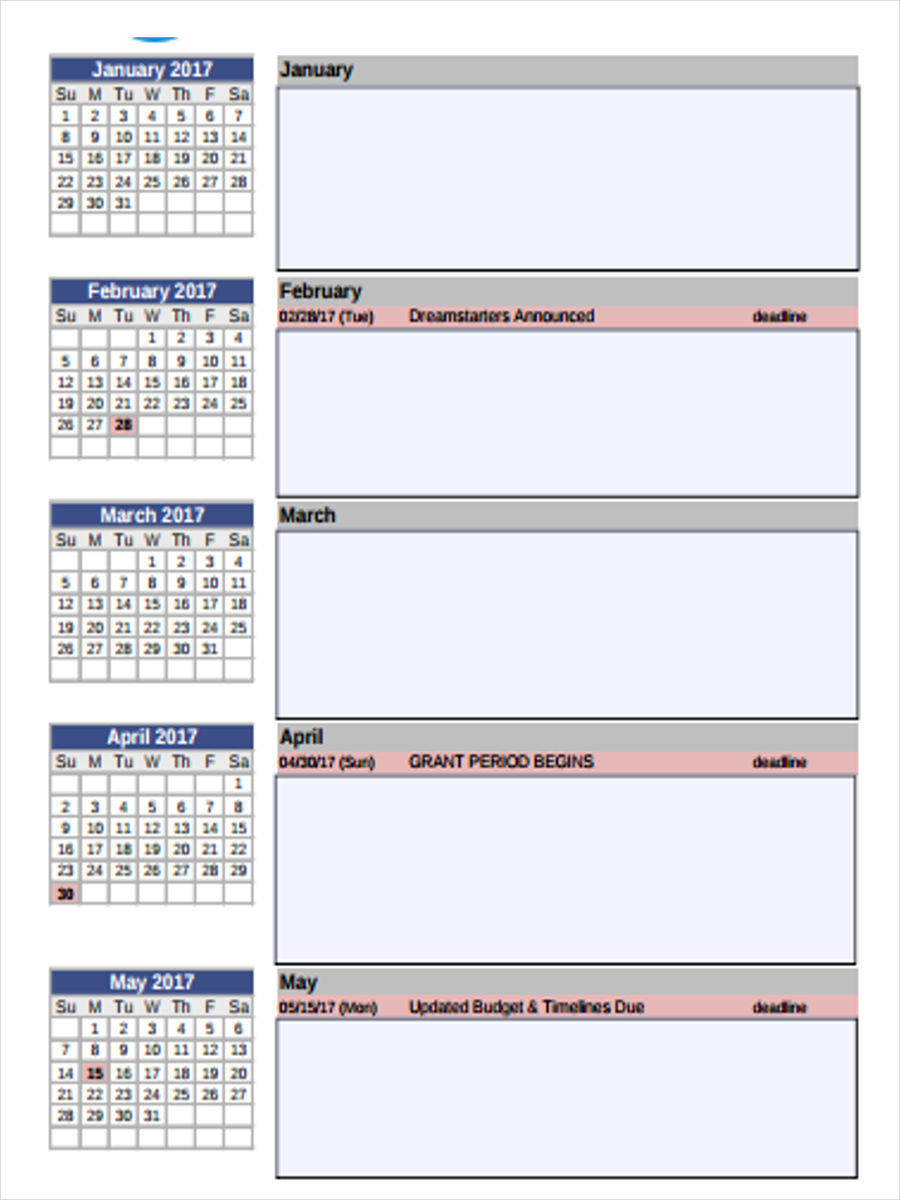 Your Guide To Senior Activities A Yearly Calendar Of Trips And Events
May 13, 2025
Your Guide To Senior Activities A Yearly Calendar Of Trips And Events
May 13, 2025 -
 Nba Draft Lottery 2024 Raptors Hold Seventh Best Odds
May 13, 2025
Nba Draft Lottery 2024 Raptors Hold Seventh Best Odds
May 13, 2025
Latest Posts
-
 Texas Rangers Vs Boston Red Sox Live Stream Watch Free Online
May 13, 2025
Texas Rangers Vs Boston Red Sox Live Stream Watch Free Online
May 13, 2025 -
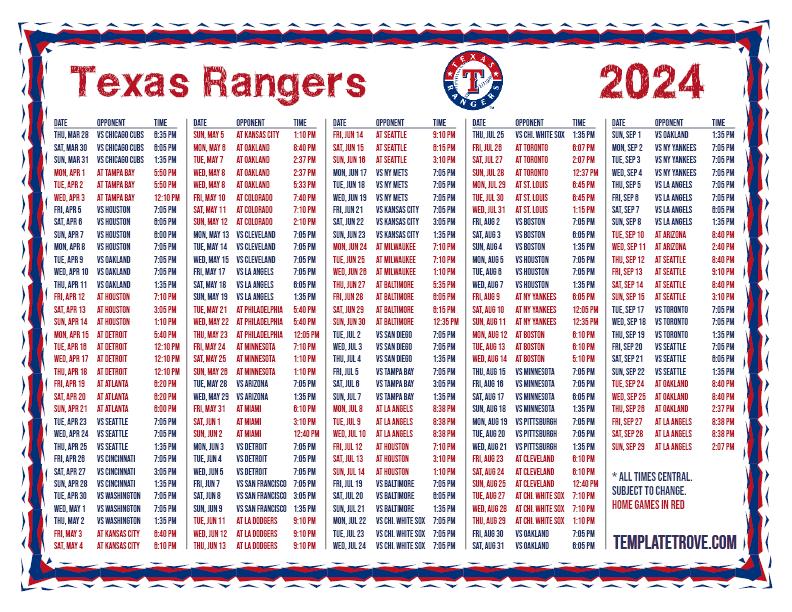 2025 Texas Rangers Baseball Your Guide To Tv Schedules Blackouts And National Broadcasts
May 13, 2025
2025 Texas Rangers Baseball Your Guide To Tv Schedules Blackouts And National Broadcasts
May 13, 2025 -
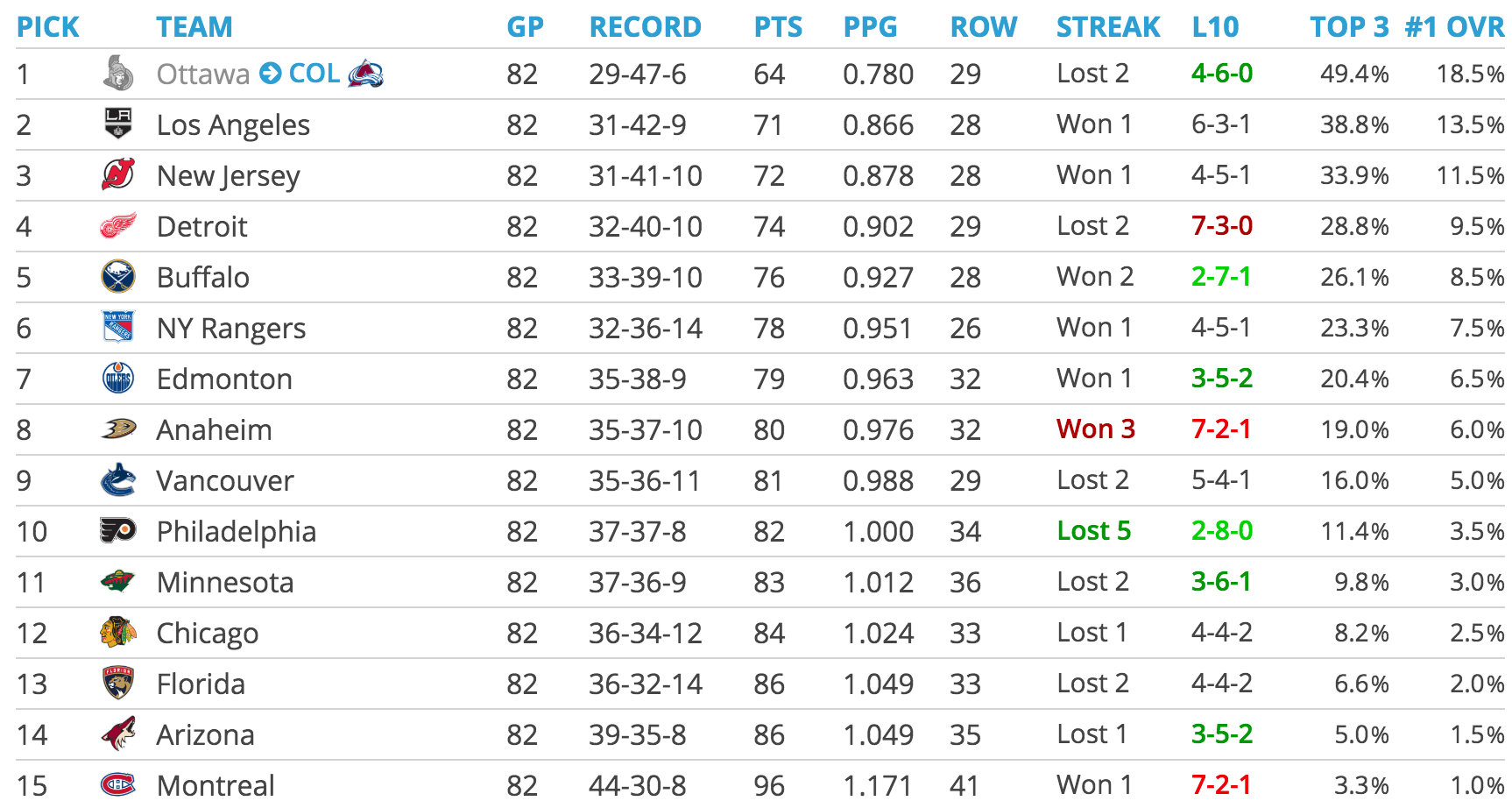 Nhl Draft Lottery Gets A Makeover In Studio Draw Explained
May 13, 2025
Nhl Draft Lottery Gets A Makeover In Studio Draw Explained
May 13, 2025 -
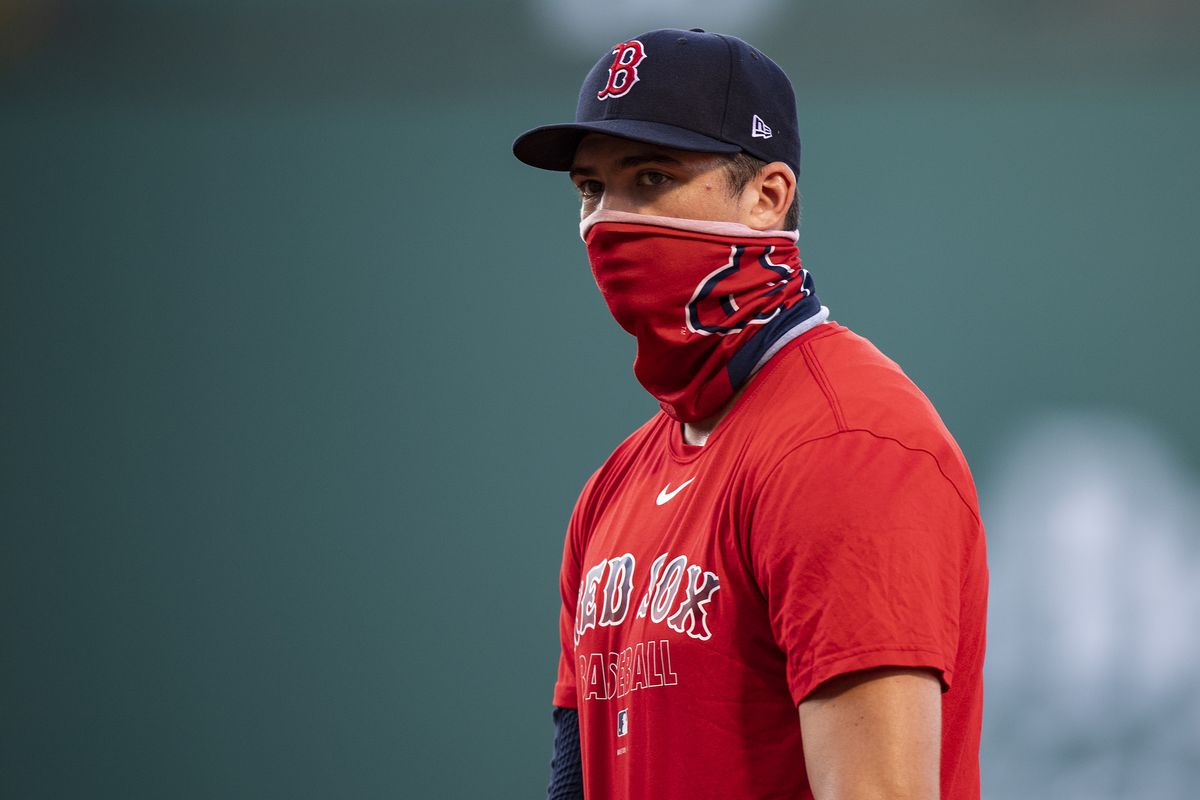 Watch Texas Rangers Vs Boston Red Sox Free Mlb Live Stream
May 13, 2025
Watch Texas Rangers Vs Boston Red Sox Free Mlb Live Stream
May 13, 2025 -
 Support Mental Health Join A Dog Walk In Didcot This Week
May 13, 2025
Support Mental Health Join A Dog Walk In Didcot This Week
May 13, 2025
